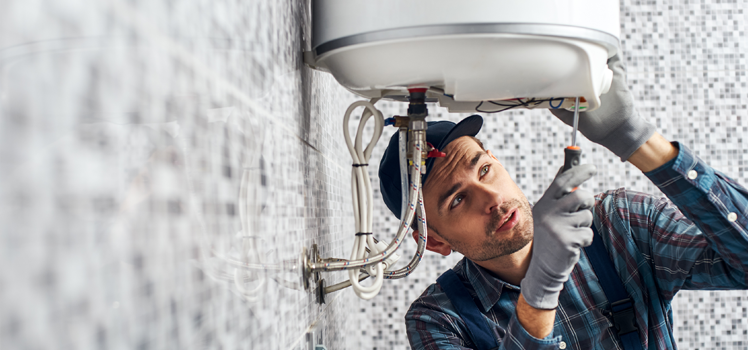The evolution of restorative and prosthetic dentistry has been intrinsically linked to advancements in instrumentation technology, particularly in rotary cutting instruments. Modern dental practices increasingly recognize that procedural outcomes depend significantly on the precision capabilities of their foundational tools. The implementation of specialized dental burs for precision work has transformed clinicians’ ability to execute meticulous preparations with unprecedented accuracy and consistency. These instruments, engineered with microscopic tolerances and advanced materials science, enable practitioners to achieve results that were previously unattainable with conventional rotary instruments. As treatment modalities become increasingly sophisticated, the selection of appropriate cutting instruments represents a critical decision point that influences procedural efficiency, patient comfort, and restoration longevity.
Diamond Particle Distribution and Concentration Effects
Advanced precision burs feature optimized diamond particle distribution patterns that dramatically influence cutting efficiency and surface quality. Manufacturers now utilize computer-controlled electroplating processes that achieve particle density variations of less than 5% across the working surface—a significant improvement over traditional manufacturing methods with 15-20% variation rates.
Diamond particle size selection directly impacts cutting characteristics critical to precision work. Ultra-fine instruments (15-25 micron particles) produce surface roughness measurements averaging 0.2-0.4μm, while conventional medium-grit instruments typically generate 1.5-2.0μm surface profiles. This difference significantly influences bonding substrate characteristics and marginal integrity in adhesive restorations.
Concentration gradients represent an innovation found exclusively in premium precision instruments. These specialized burs feature higher diamond concentrations at specific functional zones, optimizing cutting efficiency without compromising instrument durability. Testing demonstrates these instruments maintain effective cutting characteristics for 25-35% longer than conventional uniform-concentration alternatives.
Specialized Geometry Innovations for Enhanced Control
Neck design significantly influences vibration characteristics during high-precision applications. Comparative analysis demonstrates that reinforced-neck instruments transmit 40-65% less vibration to preparation surfaces compared to standard models. This reduced vibration translates directly to enhanced control during delicate margin refinement procedures.
Working-end configurations engineered specifically for precision applications incorporate optimized angulations that facilitate access to challenging preparation zones. Specialized instruments with modified cutting angles demonstrate significant improvements in operator visibility and instrument positioning, with average preparation time reductions of 12-18% in controlled comparative studies.
Specialized tip designs incorporate non-cutting safe zones that prevent inadvertent damage to adjacent structures. These protective features have been shown to reduce iatrogenic damage to adjacent teeth by approximately 30% when compared to conventional instruments, particularly during conservative preparation protocols.
Advanced Material Science Applications
Traditional tungsten carbide instruments continue to evolve with metallurgical advancements that enhance cutting precision. Modern precision carbide instruments incorporate micro-grain tungsten carbide compositions with average grain sizes of 0.2-0.5μm, significantly smaller than the 0.8-1.2μm particles found in standard instruments. This refinement translates to sharper cutting edges with enhanced durability characteristics.
Specialized coating technologies represent another frontier in precision instrumentation. Titanium nitride and zirconium nitride surface treatments extend effective cutting lifespans by 35-50% while maintaining sharper cutting edges throughout the instrument life cycle. These coatings demonstrate particular advantages during extended complex procedures requiring consistent cutting efficiency.
Thermal conductivity characteristics significantly influence tissue effects during precision procedures. Advanced instruments designed for minimal thermal transfer demonstrate temperature increases averaging 4.2°C at the cutting interface compared to 7.8°C with conventional instruments when utilized at identical rotational speeds. This difference substantially reduces potential pulpal effects during precision preparations.
Rotational Dynamics and Performance Optimization
Precision instrumentation requires optimal speed-pressure relationships that differ substantially from conventional parameters. Research indicates that ultra-precision diamond instruments perform optimally at speeds between 160,000-180,000 RPM with contact pressures below 45g—significantly different from the 300,000+ RPM and 85-100g pressure typically utilized with standard instruments.
Instrument concentricity characteristics dramatically influence preparation quality in precision applications. Premium instruments maintain concentricity tolerances below 0.015mm, while standard instruments typically demonstrate variations up to 0.035mm. This difference directly impacts preparation smoothness and dimensional accuracy, particularly critical for digital impression workflows.
Water cooling integration design significantly influences visibility during precision procedures. Advanced instruments incorporate optimized irrigation channels that deliver precisely directed coolant streams without compromising visual access. Studies demonstrate these systems reduce procedural interruptions for vision clearing by approximately 25% compared to standard cooling configurations.
Clinical Application Specialization
Margin refinement procedures benefit substantially from instruments specifically engineered for this application. Specialized margin refinement burs with minimal taper (less than 2°) and extended working lengths demonstrate significantly improved access to subgingival margins while maintaining preparation precision. Studies indicate these instruments achieve margin integrity scores averaging 8.7/10 compared to 6.5/10 for standard instruments.
Minimally invasive cavity preparations require specialized micro-instruments that preserve structural integrity. Ultra-conservative preparation instruments with working diameters below 0.7mm enable precise carious lesion removal with minimal sound tissue sacrifice. Quantitative analysis demonstrates these instruments preserve approximately 25-30% more healthy tooth structure compared to conventional alternatives.
Implant abutment modifications represent another application benefiting from precision instrumentation. Specialized instruments designed specifically for titanium and zirconia modifications feature optimized cutting characteristics that prevent microfracture development. Laboratory analysis demonstrates these instruments produce surfaces with significantly reduced structural damage compared to conventional diamond instruments.









